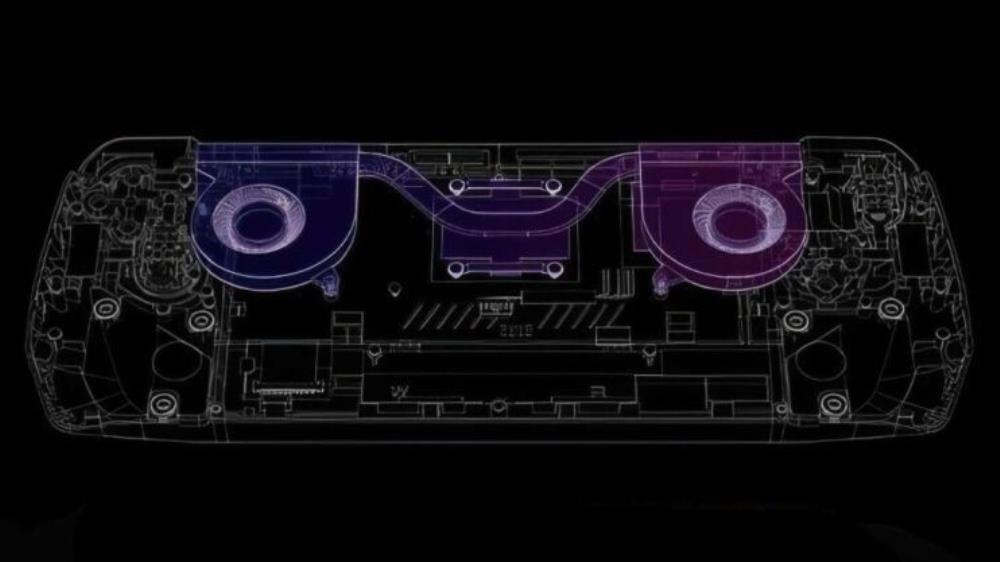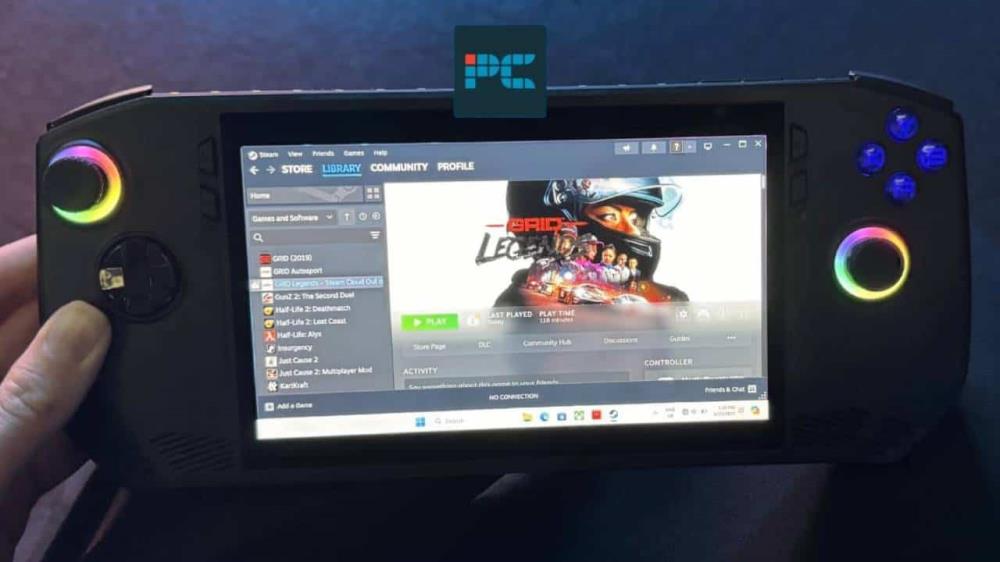
Dated: May 25, 2010
Bill Kircos, Intel’s Director of Product & Technology PR, just posted a blog on Intel’s site entitled “An Update on our Graphics-Related Programs”. In the blog Bill addresses future plans for what he calls Intel’s three visual computing efforts:
There’s a ton of information in the vague but deliberately worded blog post, including a clear stance on Larrabee as a discrete GPU: We will not bring a discrete graphics product to market, at least in the short-term. Kircos goes on to say that Intel will increase

It's almost time for the ASUS ROG Ally X to be revealed, and these leaked renders already provide a look at the device and its specs.
Is it running the same Windows OS? Because that is the biggest issue with the current Ally.

MSI is proud to announce that its gaming handheld, Claw, has achieved a significant performance increase of up to 30% through a new BIOS and MSI Center M update. Furthermore, the new BIOS and MSI Center M enable Claw to smoothly play all of the top 100 po
is this the one with the switch2 chip inside.?
this is Intels first try at the format
probs not though, as it's $799. so not good for switch actually
Well thats nice considering Ive heard it consistently performs worse when it really shouldn't.
Now if only Lenovo would do the same for the legion go

Yet another leak for the ASUS ROG Ally X points towards as much as 8 hours of battery, but how does that compare to the competition?
Honestly, I really like this updated version. But it doesn't solve the biggest flaw that the original had for me: the Z1 Extreme APU. Yes, it's an extremely powerful part, but it is not part of AMD's Adrenalin driver update program, so it's dependent on Asus for driver updates. And unfortunately, Asus doesn't have a stellar record of support for their devices.
Up to 8 hours basically just means the least demanding games. AAA gaming at highest wattage would probably be about 2-3 hours which is good compared to just about 1 hour with the current ally. The OLED Deck can do about 2-3hrs.
Nope. The only improvements I want to hear is better customer support. Otherwise, I can't be bothered.
Thats it then. From delay to complete bow out.
Well...
Shit...
fudge that give us project offset
Larrabee takes most it's design idea's from Cell and doesn't improve on them. I mean they are even going down the 'Hybrid' route, just like Cell.
NOT like the Cell, which was a good idea then, and still is. The Larrabee relies on an automated caching mechanism, and the Cell doesn't which is one of the things that makes the Cell both "hard" (lol) to program, and shine in performance. SPUs never suffer from a cache miss -- ever. That's miles better than spending 30% of the total core time missing on a shared cache, plain and simple. With all that wasted cache die area, you could have more cores instead... oh hey, like the Cell. ;)
Caches are crutches for the lazy -- they're great for programs written without performance in mind. Convenience graphics programming? lol.
The Larrabee was a design nightmare without any serious performance benefits. Smart of Intel to axe it. No one would have ever used it, with subpar performance to serious GPUs, and greater expense to boot.